For the word of medicine, MRI or Magnetic Resonance Imaging is one of the most important innovations of recent times. MRI stands at the forefront of technological advancements made in the field of medicine that have enabled us to produce high-quality images.
These scans are widely used in all clinical settings across the globe. Physicians, researchers, diagnostic experts, prognostic specialists, all use the information provided by MRI scans to gauge the status of the patient’s health. In layman’s terms, it is a highly complex machine that uses radio frequencies to generate fields that allow the creation of detailed 3-D images of the body and its organs. We are going to delve a little deeper into the specifics of these scans, their units of measurement as well as the differences between the available options in vogue.
CContents
What is Tesla in MRI
When it comes to MRI scanners, the varying degrees of magnetic field strength is measured in units called tesla and represented with a (T). Tesla is defined as the unit of measurement which is used to describe the strength of the magnet used in MRI scans, which in turn forms the basis of how images are presented and acquired in an MRI. Different MRI scanners have these units assigned to them. Today, the most common among these clinical scanner settings are the 1.5T and 3.0T. The magnetic strength directly influences the quality of the images formed. It directly influences the amount of signal that is received and in turn, decides how the images will turn out.
Factors influencing Magnetic Images(MRI)
Many factors influence the strength of the image formed through magnetic resonance. We are going to delve deeper into them before assuming our discussion about the difference between 1.5T and 3.0T scans.
- Body Composition: Body Composition alters when objects are surgically placed in the body or an injury is caused by the introduction of a foreign object in the body. This changes the signal type of the body when placed in a magnetic field. Thus it is important to take note of – safety and image artifacts in the body. All implants need to go through regulatory safety procedures before being suspended into the body and before being put through the MRI scan. Unsafe implants should be kept away from the magnetic field. It is also noted that implants that are safe to go into a 1.5T MR scanner may not be able to pass through the magnetic field of a 3.0T scanner.
- Skin Tattoos: Skin Tattoos and other inks may contain metallic elements which have the tendency of activating during an MRI scan. In some cases, they can lead to skin burns. This is because iron oxide-containing pigments found in black ink can lead to irritation and burns. Thus, you need to ensure that you have had a prior screening in order to know about the presence of any metals that may hinder the MRI process.
- Dental Fillings and Braces: Many of us might have gone to the dentist and got ourselves a pair of braces in order to get our teeth aligned. Even though they are usually unaffected by the presence of the magnetic field, they however might lead to distortions in images made of the facial area or the brain. Similarly, orthodontic braces and retainers may also lead to a distorted image being formed in the MRI scan.
- Claustrophobia: You might be daunted to undergo an MRI scan especially if you are claustrophobic. Even though you cannot entirely mitigate the concerns, you can follow certain steps to reduce the claustrophobic feeling. Experts suggest that focusing on breathing and listening to music are some of the tried and tested means of feeling less claustrophobic during the MRI scan. You can also engage in counting or trying a technique that personally suits you the best. Individual people can have different methods of coping.
- Others: Some other objects that can interfere with the image quality of the scans are metal planes, pins, and screws. Joint replacement and prosthesis, metallic jewelry including body piercings are other objects that have to be taken into consideration and removed before getting an MRI. Make-up, eyeshadows, eyeliners, and nail polishes also influence the image scanning process. Make sure that you do not have these objects on you when you go to get an MRI scan.
Differences Between 1.5T and 3.0T MRI scan
1.5T and 3.0T MRI scans are the most commonly used scans all around the world. Even though the 3.0T has become the more common and accessible option especially in research settings, 1.5T is still considered the most viable option, especially for routine scans and procedures. Both of these scans have their set of differences, pros, and cons and we are going to discuss this in greater detail
Categorical Differences Between 1.5T and 3.0T MRI scans
Despite their inherent structural and functional differences, both 3.0T and 1.5T MRI scans get the job done. You cannot go wrong with either. They offer the best image quality that modern medical advancement and technology have to offer. However, deciding which MRI scanning equipment is the best choice for your hospital or diagnostic center is a difficult process as it will require you to consider a number of different factors. Some of these factors that we shall discuss in categories include image quality, cost, speed, and safety of usage.
Image Quality and Accuracy
1.5T: Advantages
- 1.5T MRI scans have been used across the world as the standard MRI scans for producing high quality images with great precision. They are used by practitioners and researchers alike.
- 1.5T MRI scans have the ability to be able to scan longer sequences of images. These are scanned without compromising on the high image quality, bearing impressive results.
Disadvantages
- Scanning for more detailed bodily organs and functions becomes tougher with the 1.5T scan. The level of clairy reduces the smaller the organs are especially in the case of the details which are to be observed in a brain scan.
- Some other processes such as prostate scans and spectroscopy cannot easily be carried out with the help of the 1.5T scan as it does not lead to accurate and clear results.
3.0T : Advantages
- These scans are ideal for the accurate imaging of the brain as well as vascular and musculoskeletal body systems. They can also sufficiently scan small bone systems with increased accuracy.
- Since the magnetic field of the 3.0T scan is twice as strong as other competitors, it is easy to provide detailed and clear images with the help of this MRI scan choice.
Disadvantages
Given its ability to scan minor details of the body with great clarity, it is possible that images from the 3.0T scan contain certain artifacts. These are objects that appear on the image while not being actually present in the image. These appear due to the movement of blood and fluids on the body and are detected with the 3.0T scan.
Speed of Both MRI
1.5T : Advantages
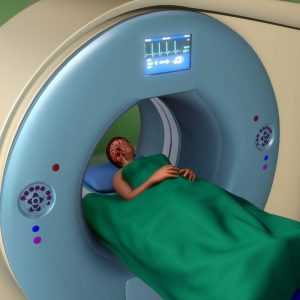
- You can scan a 1.5T MRI scanner in shorter time limits. This can be done at the minor expense of a slight reduction in image quality.
- This can easily be used in facilities where the volume of scans on a regular basis is not very high. You can scan images without the stress of reducing image quality.
Disadvantages
- Even though you can significantly provide better scans of higher quality for longer sequences, this usually leads to delays and bottleneck situations which essentially leads to longer wait times among the patients. Thus the leads to a reduction in customer satisfaction.
3.0T: Advantages
- You can usually scan objects with greater speed and efficiency with the hello of the 3.0T scanner. Since this MRI scan has double the signal strength over its counterparts, it is the usual go-to choice in facilities that require a higher volume of scans on a regular basis.
Disadvantages
This MRI scan usually tends to be quick at delivering high-quality scans to the patients. However, if speed is not a concern in the facility where the scan is installed, then getting a 3.0T scan specifically for this purpose is cost-prohibitive.
Cost Features
1.5T: Advantages
- A 1.5T system usually tends to be more readily available given its easy accessibility and reduced cost over the other counterparts. This means that facilities and research centres that are up and coming can use this scanner for all their image detection tasks,
Disadvantages
- Reimbursement from private medical insurance bodies and payers happens for the same amount of the accepted MRI exam irrespective of magnetic strength.
3.0T: Advantages
- Operational costs are highly reduced due to increased efficiency which is the result of the stronger magnetic strength which the 3.0T scan offers.
Disadvantages
The 3.0T, given its enhanced structure and strength, tends to cost twice as much as the 1.5T scan, which makes it less accessible to small centres and medical practitioners. The money involved in buying a 3.0T just for the speed and efficiency is seen as cost-ineffective given its exorbitant price as well as the maintenance and repair costs which tend to be significantly higher
Safety
- MRI scans carried out with both the 3.0T and 1.5T scans tend to be very safe and highly regulated. It is important that all the diagnostic centres follow strict guidelines and preliminary scanning features in order to get the most accurate results.
- Some specific importance has to be paid to patients who have implants, metals, and other medical devices in their bodies while using the 1.5T magnet.
Other Differences :
- 1.5T scans provide benefits of desired diagnostic results while on the other hand, 3.0T image quality provides better results due to improvement in the signal-to-noise ratio. The 3.0T is twice as sensitive to the intensity of the image signal and the background noise as compared to the 1.5T which makes for clearer image scans.
- Improved SNR allows for better spatial resolution while also providing higher temporal resolution for the images formed. You can easily detect lesions in small and complex anatomical structures. This becomes of great importance in certain specific scans. The higher spatial resolution makes it easier to detect spinal root and cord injuries as well as other nervous disorders. This might not be the case for 1.5T which fails to detect and scan images with the same details and accuracy.
- 3.0T scans are also more efficient when compared to 1.5T scans as a result of higher temporal resolution. You can scan more patients using a 3.0T scan in the same amount of time while also maintaining a higher quality.
- 3.0T scans also come with other benefits over 1.5T scans as they allow you to image the prostate easily which is not possible in the 1.5T scan without the use of an endorectal coil. Similarly, the increased static strength of the 3.0T MR improves the quality of studies in spectroscopy, which helps in assessing lesions and responses to therapy. This extent of medical assessment is not possible with 1.5T MR scans.
Conclusion
We hope that we were able to provide you with all the relevant details and differences between 3.0T and 1.5T MRI scans. We also hope that you are now acquainted with all the preliminary facts you need to know before going for an MRI scan. You have to remember that both the 1.5T and 3.0T produce exceptional and well-rounded images, making either one of them a viable option to consider.
It all depends on the particular medical facility you wish to get the scans for. 1.5T are the standard scans used everywhere, however, if your facility sees a high number of facilities every day then it is worthwhile to invest in a 3.0T scanning system. Regardless of your decision, both these imaging devices are exceptional and provide you with the best results.

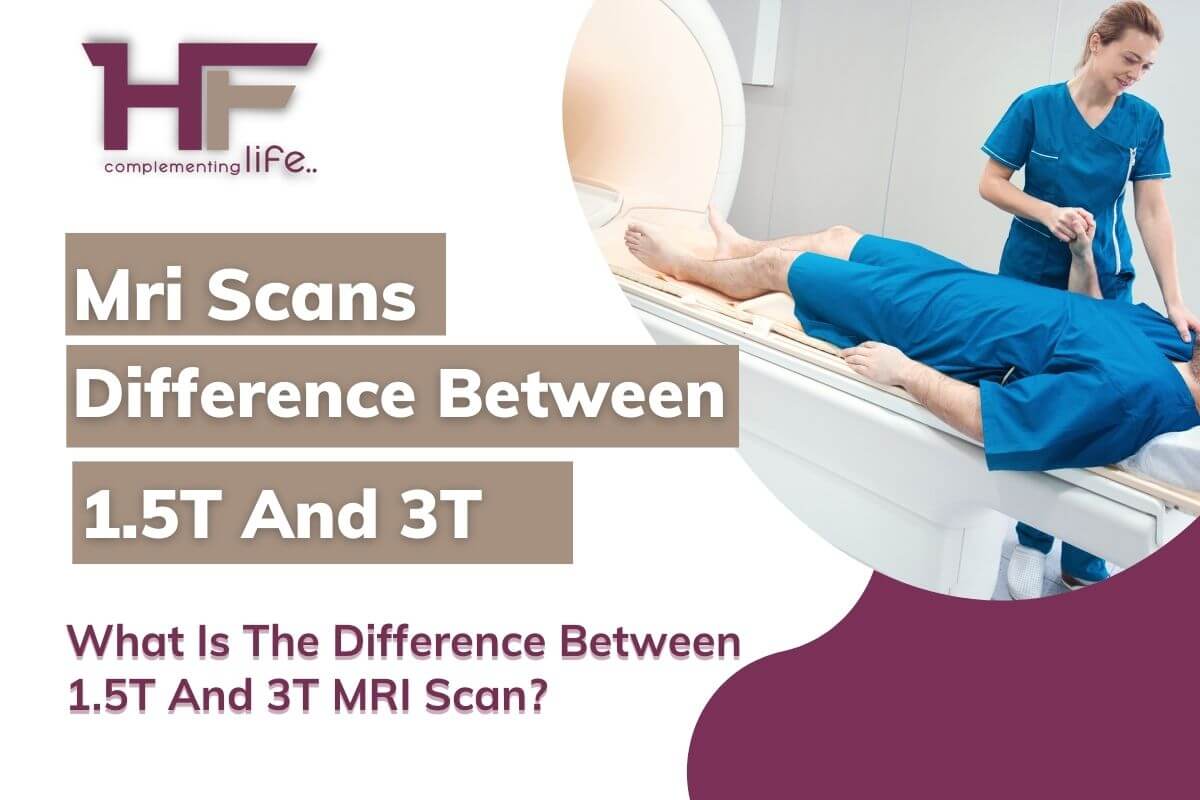
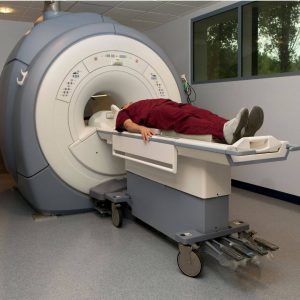

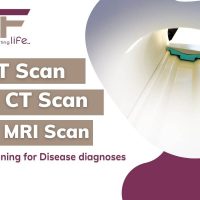

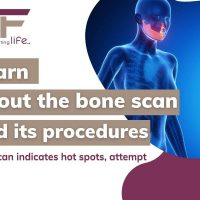
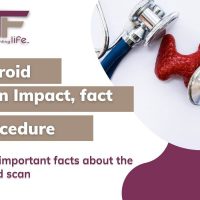


Comments